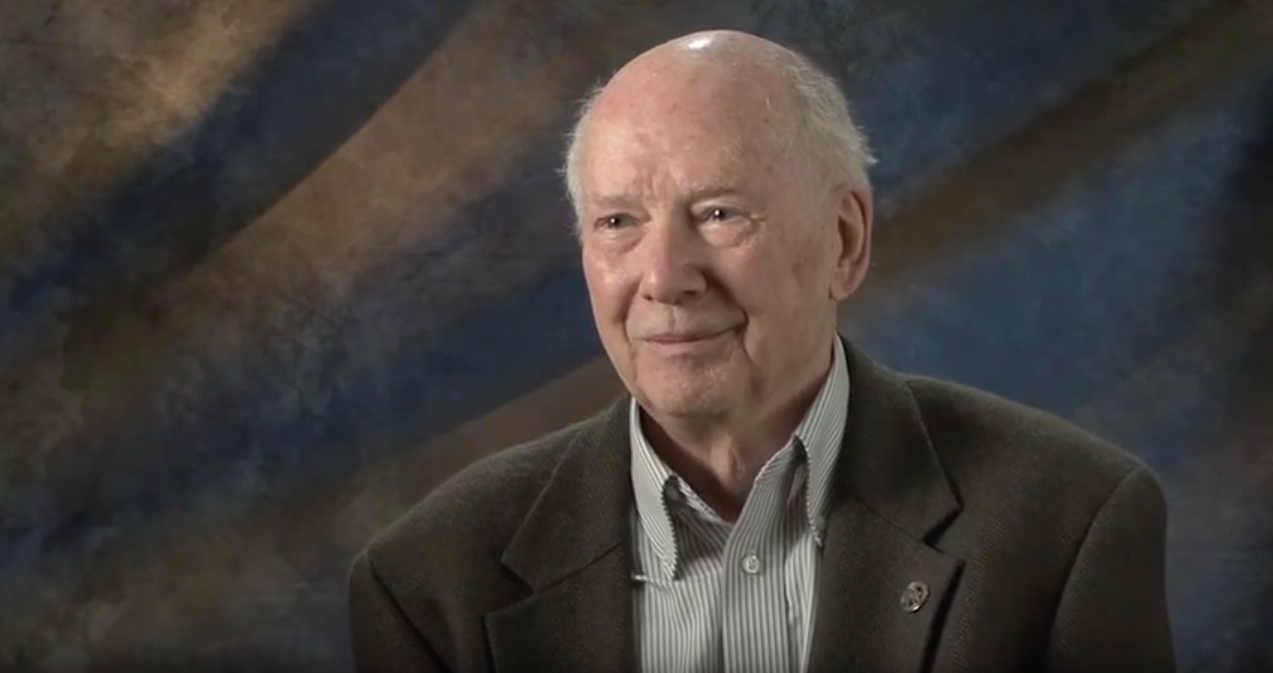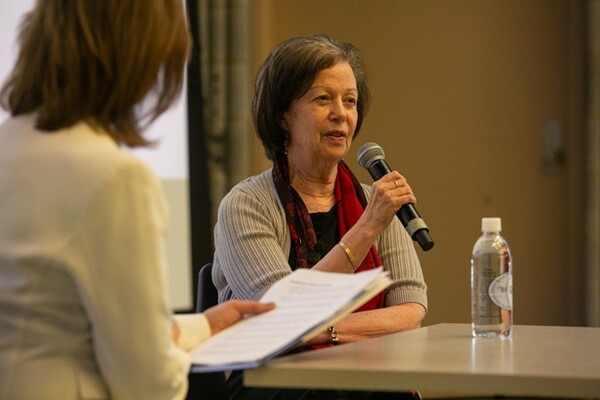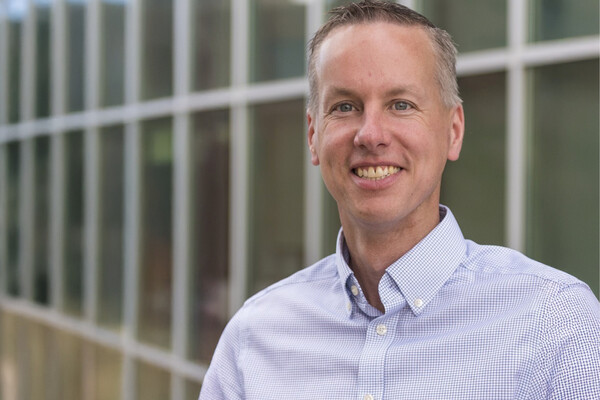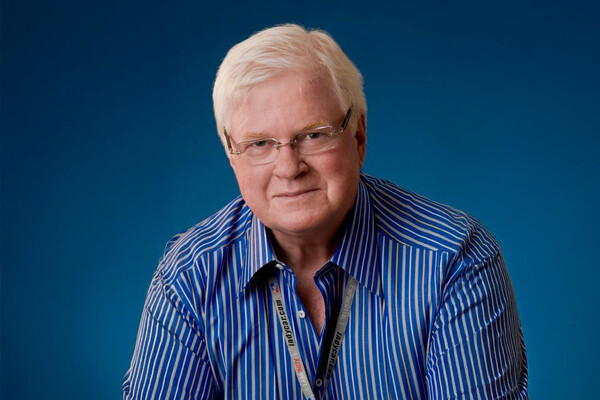Mobile Menu
- Education
- Research
-
Students
- High School Outreach
- Undergraduate & Beyond: Community of Support
- Current Students
- Faculty & Staff
- Alumni
- News & Events
- Giving
- About

James Bassingthwaighte, BA’51, MD’55 is a Professor of Bioengineering and Radiology at the University of Washington. An active teacher and researcher, he is known for an integrative, quantitative approach to cardiovascular physiology. He completed his PhD at the Mayo Clinic where he later joined the faculty, before moving to the University of Washington and serving as chair of the Department of Bioengineering. In 1997, he founded the Human Physiome Project, an international effort to define the physiome — which examines how each component of our bodies work together as part of an integrated whole.
Everything you hear, doubt it actively, in the sense of examining its credibility, its verifiability, and its inferences. Your queries will lead to further insight.
How did your training at U of T influence your decision to pursue biomedical engineering?
That was purely accidental. I started undergraduate research in the labs of Reginald Haist and Charles Best. At the same time I was in the Air Force Reserve and working with Wilbur Franks for two summers. Franks was the inventor of the G-Suit, the anti-gravity flying suit. He worked with burn research and that’s when I began doing bioengineering work. We developed an instrument to detect the level of stress in burn patients at SickKids. Although it never developed into a routine test, it was a quantitative way to measure the spreading factor in burn victims.
I trained as a cardiologist, and did a PhD in Physiology at Mayo Clinic. As I got deep into cardiovascular research I started using a lot engineering techniques, developing quantitative approaches. Because of that, I was invited to be the Chair of Bioengineering at the University of Washington, and was later the President of the Bioengineering Society. It happened because I was being quantitative and putting things together; that’s the spirit of the physiome project.
Tell me about Human Physiome Project — what was your inspiration?
I was invited to speak at a conference on drug development, about which I knew nothing. It was a big pharmaceutical group asking how to develop pharmaceuticals once you find the particular points of action in biochemical networks. That gave me the idea of the Physiome Project, which is to develop a mathematical model of the whole body and from there try to derive the prediction points. This goal is still out of sight but much is being achieved.
The term physiome comes from “physio,” which means “life” and “ome,” which means “as a whole.” It’s intended to provide a quantitative description of physiological dynamics and functional behaviour of the intact organism. Major diseases like cancer and neurological and cardiovascular diseases are complex in nature, involving everything from genes to environment, lifestyle and aging. Integrating knowledge of all these different components into robust, reliable computer models will yield enormous medical advances in the shape of new therapies and diagnostic tools.
What do you believe will be the practical applications of this effort?
The cardiac side is relatively well developed. We know a lot about cardiac action potentials and the propagation of the electric currents that initiate contraction, and can characterize cardiac mechanics in good detail down to the cellular level. But what’s missing is the central aspect of metabolism which has not yet been well developed despite huge amounts of hard work by really good people, including people at the U of T. We will bring the Cardiac Physiome meeting to U of Toronto in 2017 to take advantage of Toronto’s expertise in biochemistry, metabolism, genetic and proteomics, and move this forward.
The Physiome Projects will hopefully, though strategies for designing experiments that distinguish between or amongst rival concepts, provide definitive evaluations of current working hypotheses. When the experimental data don’t fit a mathematical construct based on prior data, we must doubt the theory. Better experiments mean better mathematical models giving us better predictions, better drugs and better treatments for patients.
What advice do you have for current medical students?
Maintain your thaetige Skepsis! The phrase comes from Goethe and means “active doubt”. Everything you hear, doubt it actively, in the sense of examining its credibility, its verifiability, and its inferences. Your queries will lead to further insight.


